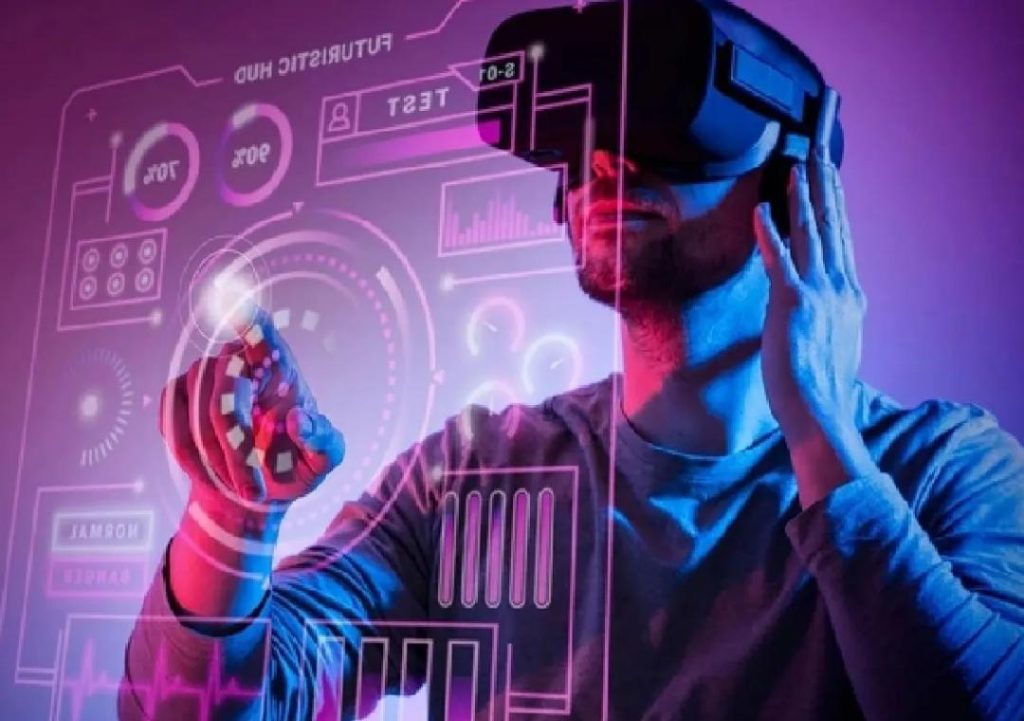
Building Hybrid Models in Retail with Metaverse
The retail landscape has undergone significant transformations in recent years, driven by advances in technology and changing consumer behavior. One trend that is gaining traction is the adoption of hybrid models, where customers can explore products virtually before making a purchase in-store. This continuum not only enhances convenience but also provides retailers with deeper insights into customer preferences. However, success depends on synchronizing inventory, payments, and immersive experiences across platforms.
The Metaverse, a concept that has been around for decades, is now becoming a reality. It refers to a virtual world where users can interact with each other and digital objects in a shared, immersive environment. In the context of retail, the Metaverse offers a new way for customers to engage with products and brands, blurring the lines between physical and digital shopping experiences.
Hybrid Retail Models
A hybrid retail model combines the benefits of online and offline shopping, offering customers the best of both worlds. In-store experiences can be augmented with virtual elements, such as virtual try-ons, product demos, and personalized recommendations. Online shoppers can browse products, interact with virtual store assistants, and make purchases with ease.
The hybrid model has several advantages, including:
- Increased convenience: Customers can explore products virtually, reducing the need for physical store visits.
- Personalized experiences: Retailers can use data and AI-powered technology to offer personalized recommendations and promotions.
- Improved customer engagement: Immersive experiences can increase customer loyalty and encourage repeat business.
- Enhanced inventory management: Retailers can track inventory levels and manage stock more effectively, reducing waste and minimizing the risk of stockouts.
Challenges and Opportunities
While the hybrid model offers many benefits, there are also challenges to overcome. Retailers must ensure that their inventory, payments, and immersive experiences are seamlessly integrated across platforms. This requires significant investments in technology, including:
- Virtual and augmented reality (VR/AR) solutions: Retailers must develop VR/AR experiences that are engaging, user-friendly, and compatible with various devices.
- E-commerce platforms: Retailers must integrate their e-commerce platforms with their physical stores, ensuring a seamless customer experience.
- Payment gateways: Retailers must develop secure payment gateways that can process transactions across multiple channels.
- Data analytics: Retailers must collect and analyze customer data to better understand their behavior, preferences, and purchasing habits.
Success Stories
Several retailers are already leveraging the hybrid model to enhance customer experiences and drive sales. For example:
- IKEA: The Swedish furniture retailer has launched a VR experience that allows customers to design and visualize their living spaces before making a purchase.
- Sephora: The cosmetics retailer has developed a virtual try-on feature that allows customers to try products virtually before purchasing.
- Home Depot: The home improvement retailer has launched a VR experience that allows customers to visualize home renovations before making a purchase.
Best Practices
To succeed in the hybrid retail landscape, retailers must adopt best practices, including:
- Data-driven decision-making: Retailers must use data analytics to inform their marketing, inventory, and pricing strategies.
- Seamless integration: Retailers must ensure that their online and offline channels are integrated, providing a seamless customer experience.
- Immersive experiences: Retailers must develop immersive experiences that engage customers and encourage repeat business.
- Inventory management: Retailers must manage inventory levels effectively, minimizing waste and ensuring that products are available when customers need them.
Conclusion
The hybrid retail model offers a new way for retailers to engage with customers, drive sales, and gain a competitive edge. By leveraging the Metaverse and other technologies, retailers can create immersive experiences that blur the lines between physical and digital shopping. To succeed, retailers must adopt best practices, ensure seamless integration, and focus on data-driven decision-making. As the retail landscape continues to evolve, one thing is certain – the future of retail is hybrid, and the Metaverse is leading the charge.
Source:
https://www.growthjockey.com/blogs/managing-the-metaverse-continuum-in-retail






